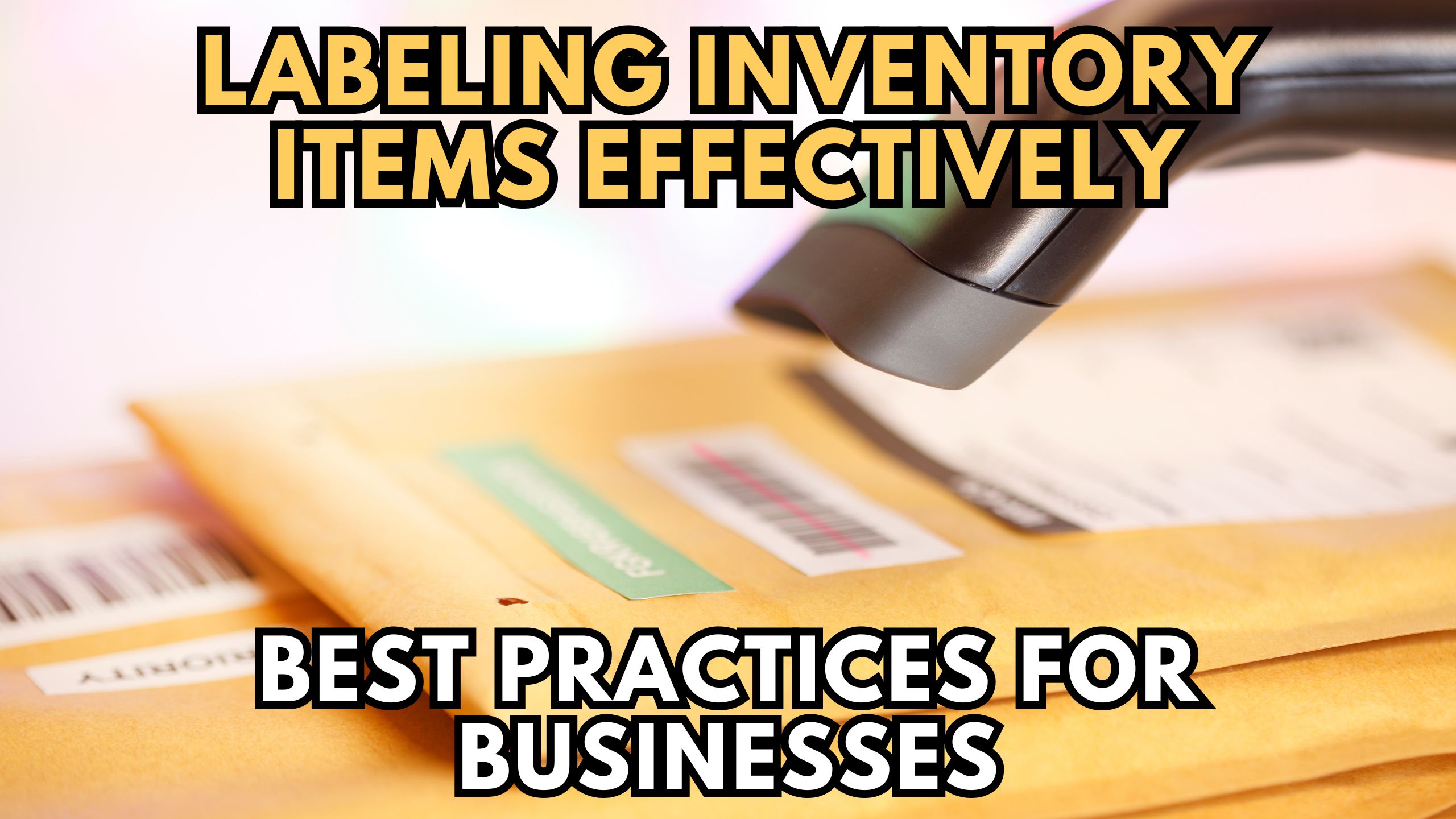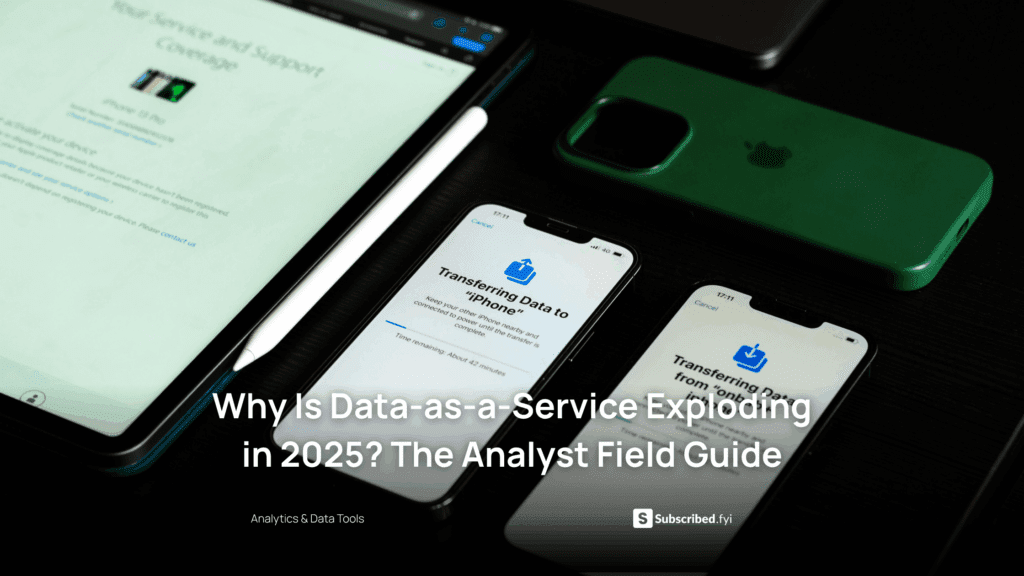Labeling Inventory Items Effectively: Best Practices for Businesses
-


Labeling Inventory Items Effectively: Best Practices for Businesses
Efficient inventory management is the backbone of successful businesses, and effective labeling plays a pivotal role in achieving this. In this comprehensive guide, we explore the best practices for labeling inventory items, ensuring businesses can streamline operations, reduce errors, and enhance overall productivity.
1. Utilize Barcode Technology for Precision
Implementing a barcode system, such as Zebra Barcode Solutions, enables businesses to achieve unparalleled precision in tracking inventory. By utilizing barcode scanners, you can minimize human error, expedite the inventory counting process, and enhance overall accuracy, ensuring your labeling system is both efficient and reliable.
2. Implement RFID for Real-time Tracking
For businesses requiring real-time inventory visibility, RFID technology proves invaluable. Solutions like Impinj offer RFID tags and readers that allow businesses to track inventory movements instantly. This technology not only improves labeling accuracy but also provides a comprehensive overview of inventory in real time, optimizing supply chain management.
3. Dynamic Labeling with BarTender
BarTender is a robust SaaS solution that empowers businesses to create dynamic and customizable labels. This platform ensures labels can be adapted to changing product information and regulatory requirements. With BarTender, businesses can maintain flexibility in their labeling processes and swiftly respond to evolving industry standards.
4. Cloud-Based Labeling with Loftware
Loftware offers a cloud-based labeling solution, streamlining the labeling process across distributed networks. With centralized control, businesses can ensure consistency in labeling, reducing the risk of errors and ensuring compliance with industry regulations. The cloud-based approach also facilitates seamless collaboration among teams, enhancing overall efficiency.
5. Integrate Labeling with ERP Systems
Efficient labeling often involves integration with broader Enterprise Resource Planning (ERP) systems. SAP Business One is an ERP solution that seamlessly integrates with labeling processes. This integration ensures that labeling is synchronized with other business processes, maintaining accuracy and efficiency throughout the supply chain.
Conclusion:
Effective labeling is a cornerstone of successful inventory management. Whether utilizing barcode technology, RFID, dynamic labeling, cloud-based solutions, or integrating with ERP systems, businesses must adopt labeling practices that align with their specific needs. By implementing these best practices, businesses can optimize their inventory management processes and set the stage for sustained growth.
Streamline Your Inventory Management with Subscribed.fyi!
Ready to revolutionize your inventory management? Join Subscribed.fyi today for exclusive member-only deals on top-notch SaaS tools. Unlock savings on 100+ tools, totaling over $100,000 per year. Simplify your subscription management, compare tools side by side, and make informed decisions—all in one centralized platform. Your journey to efficient inventory management starts with a single click!
Relevant Links:











